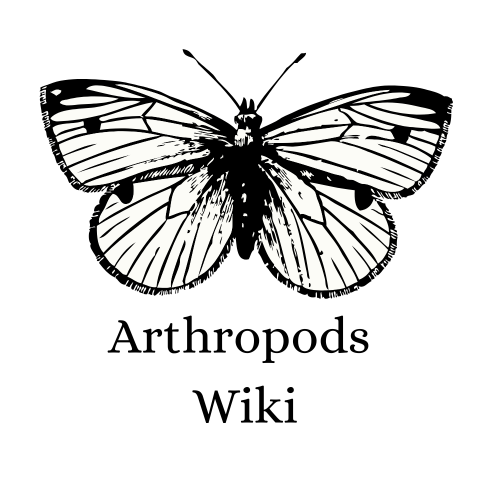The caddisflies are an order, Trichoptera, of insects with approximately 7,000 described species.[1] Also called sedge-flies or rail-flies, they are small moth-like insects having two pairs of hairy membranous wings. They are closely related to Lepidoptera (moths and butterflies) which have scales on their wings, and the two orders together form the superorder Amphiesmenoptera.
Caddisflies have aquatic larvae and are found in a wide variety of habitats such as streams, rivers, lakes, ponds, spring seeps and temporary waters (vernal pools).[2] The larvae of many species use silk to make protective cases of gravel, sand, twigs or other debris. The name "Trichoptera" comes from Greek: θρίξ (thrix, "hair") + πτερόν (pteron, "wing").
Ecology[]
Although caddisflies may be found in waterbodies of varying qualities, species-rich caddisfly assemblages are generally thought to indicate clean water. Together with stoneflies and mayflies, caddisflies feature importantly in bioassessment surveys of streams and other water bodies.[3] Caddisfly species can be found in all feeding guilds in stream habitats, with some species being predators, leaf shredders, algal grazers, and collectors of particles from the watercolumn and benthos.
Underwater architects[]
Most caddisfly larvae are underwater architects and use silk, excreted from salivary glands near their mouths, for building.[4] Caddisflies can be divided loosely into three behavioral groups based on their use of silk: net-making caddisflies and case-making caddisflies, both of which may enlarge their structures throughout their larval lifespan; and free-living caddisflies, which only make such structures prior to pupation. Net-making caddisflies usually live in running water, and their nets, often made amongst aquatic vegetation, serve both as a means to collect algae, detritus, and animal food and as retreats. Case-making caddisflies may build cases exclusively of silk, but more commonly the silk holds together substrate materials such as small fragments of rock, sand, small pieces of twig or aquatic plants.
Caddisfly cases are open at both ends, the larva drawing oxygenated water through the posterior end, over their gills, and out of the wider anterior end. The anterior end is usually wider and it is to this end that they add material as they grow. Their abdomens are soft, but their tougher front ends project from their larval tubes, allowing them to walk while dragging their cases along with them. Caddisfly cases resemble bagworm cases, which are constructed by various terrestrial moth species. Free-living caddisflies do not build retreats or carry portable cases until they are ready to pupate, and their bodies tend to be tougher than caddisflies that build.
